Phonics for PreK
When I first began teaching bilingual pre-k, I wasn’t at all sure how to teach children to read or if we needed phonics instruction at all. Some said we weren’t even supposed to try to teach kids to read in pre-k. Hmmm.
Well, our district bought us a simple, methodical, repetitive program to do with kids daily to teach Spanish letter sounds and blends. It was called Estrellita. You can see part of it in action here. So I tried it out with my kids, and we were hooked! My kids loved doing the alphabet chart each day and I was amazed how quickly they began to learn the sounds of the letters and letter blends. To my great delight and surprise, with daily practice, almost all my little scholars learned the letter sounds and syllables by the end of the year and from there ventured to begin reading and writing.
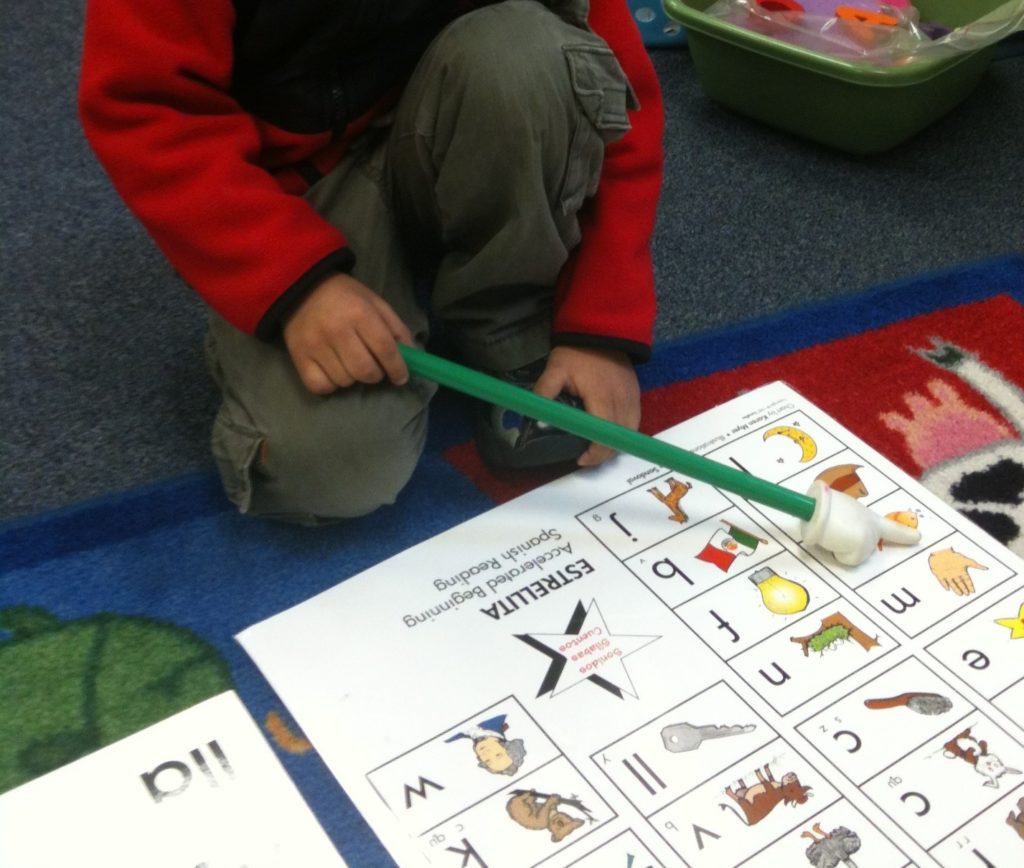
Phonics for Kindergarten
Fast-forward a few years to kindergarten. As a kinder teacher, I took my Estrellita with me and discovered year-after-year, that most kindergarteners could learn the letter sounds for basic phonics in about six weeks time. We did a literacy whole-group instruction period every day just like calendar or circle time for math. It was high energy, whole-body, out-loud participation!
We used the chart everyday, but I wanted a place where I could add sight words and vocabulary words to our alphabet and practice letter sounds with a variety of words instead of the same ones day after day. I created these 8.5×11 size alphabet blocks to hang on the wall in our whole-group area. We added a little ziploc baggie to hold real objects like manipulatives and wrote students’ names and new words on sentence strips. You can get them here in English and here in Spanish.

I have found systematic, repetitive, enjoyable direct phonics instruction to be the key to helping young children become skilled readers. Kids need phonics as a first step in building a firm foundation for decoding words. Learning to read is a lot like cracking a code!
Phonics at Home
When it came time to teach my own children how to read at home, I taught my daughter letter sounds and blends first in Spanish. After beginning to read in Spanish, she naturally transferred her learning over to English and I never had to give her much formal basic reading in English. But when my son came along, he struggled with the Spanish. He struggled with the English, too. I began hunting for materials to teach English phonics and could not find a program that was as simple and methodical as the Spanish method. That’s when I created this product for my son.

It starts with a simple alphabet sounds chart. We would chant the letters in a repetitive way every day. Mouse, mouse, m-m-m. Sun, sun, s-s-s. While we chanted, we jumped, clapped, raised our arms, or marched. My kids at home and in the classroom also learned to sign the American Sign Language to reinforce their learning kinisthetically. We saw the letter, heard the sound, and made it physical, too! Then, we did the short vowels and long vowels with exaggerated sounds to make it silly and memorable. Just 5-10 minutes a day, fast and fun.
After he began to master the sounds and vowels, we started to practice the letter blends and moved on to word families. One of my favorite free resources is Hubbard’s Cupboard that has a whole treasure full of delightful little printable books for beginning readers and is arranged around word families!

Phonics Charts for Pre-K & Beyond
We printed off the Alphabet Cards and Phonics Charts and slipped them into page protectors then placed them into a 3-Ring binder. A quick daily chant of a few pages is a fabulous review for most kids pre-k through 1st grades. The ABC flash cards and word family cards both come four-to-a-page and can be used as a chart or cut up and placed on a ring like flash cards. This has lasted through several children now and keeps everything organized with easy access! As my children needed new concepts in phonics, reading, or spelling, I created a new chart and added it to the collection.
Note: Some children who struggle to learn letter sounds, blends, rhymes, and site words despite direct phonics instruction have a nuero-biological disorder called dyslexia. If your suspect your child may be dyslexic, don’t miss this interview with a dyslexia specialist and her tips for parents.
The Phonics Chart set now includes 35 charts!
- Consonants
- Short Vowels
- Letter blends
- Word families
- 3 Very Important Rules
- Silent e
- Shape Shifter Y
- Team Work Vowels
- Long vowels
- Vowel teams
- Consonant Teams
- Double letter endings (ff, ll, ss, zz)
- 1-1-1 Rule
- The Bossy R
- How to spell /er/
- Ou and ow
- Oy and oi
- Aw and au
- Practice with blends
- Meet Ed
- Beginning Sight Words
- Harder Sight Words
- English Words Don’t End in I-U-V-J
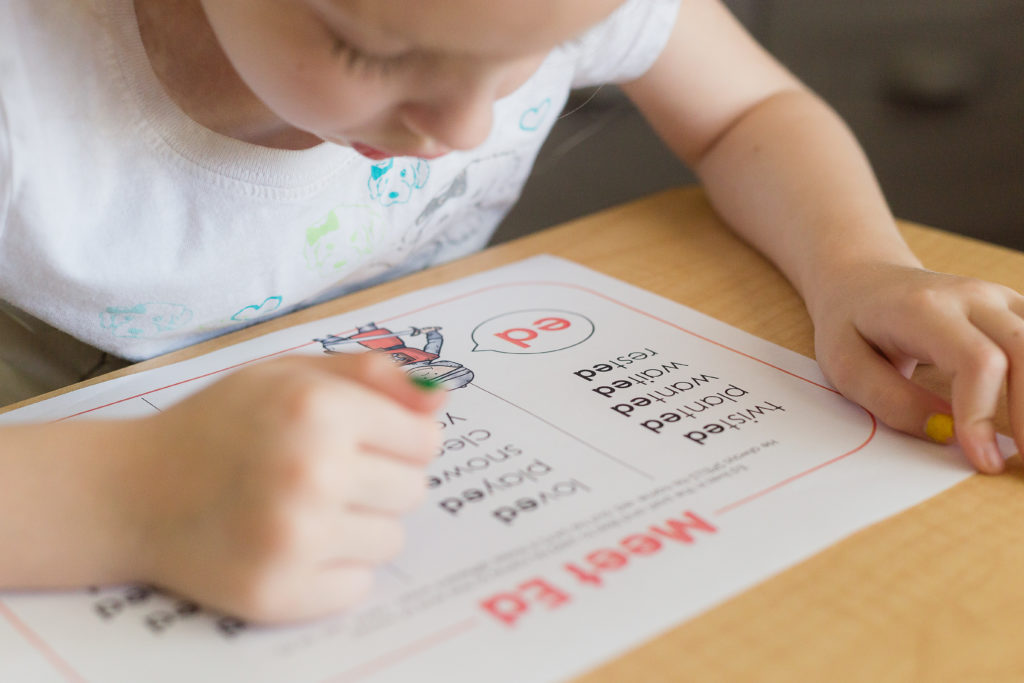
Phonics are foundational to beginning reading instruction, but they go hand-in-hand with other aspects of literacy instruction. What else is crucial for reading success? Well, reading! Children need to hear stories read to them to gain new vocabulary, to learn how to make predictions and draw inferences. They need to see teachers and parents modeling how to read, learn print awareness and learn to play with language through rhyming, clapping syllables, and pulling words apart.
Gradually, kids will also begin to write down their thoughts. Their beginning writing is much fun to read! Young children often have vivid imaginations! They learn through play which is vital to helping them learn to visualize before writing. And a strong phonics mastery will make it much easier, too!
READ: Should I Homeschool? 10 Key Questions to Help You Decide
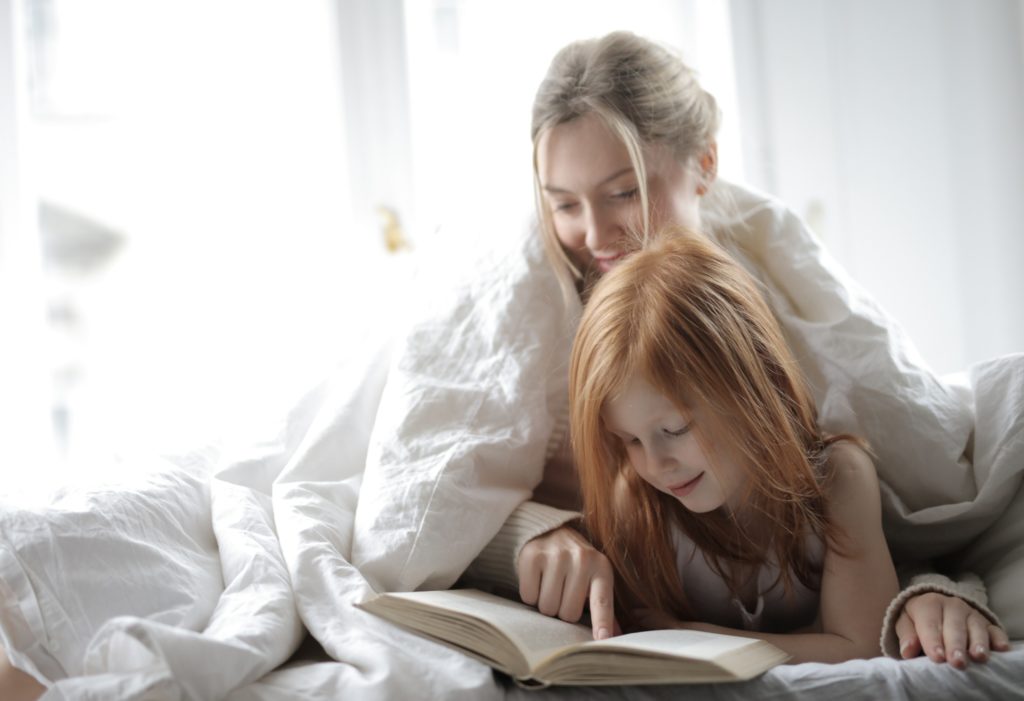
Mastering Literacy through Phonics
When my children were little, bedtime was a special reading time. We have so many happy memories of snuggling and reading stories together! Around pre-school age, we began playing bed-time language games at tuck-in time. My five-year old loves our nighttime ritual and quickly reminds us if we leave out a step. The whole thing lasts 5 minutes and goes something like this:
- Silly sounds (“My silly sound tonight is blah-blo-blah-blo”)
- Rhyming words (“My words are pillow, willow!”)
- Bible questions (“Who was the only girl judge? Deborah”)
- Word bammer “What does /c/-/a/-/r/-/t/ spell? Cart!”
- Analogies (“Lead is to pencils as ink is to what? Pens!”)
With fun daily games like this combined with lots of good reading and a few targeted moments spent in direct, explicit phonics instruction, suddenly learning how to read became a whole lot easier. I hope the same for you and your family as well!
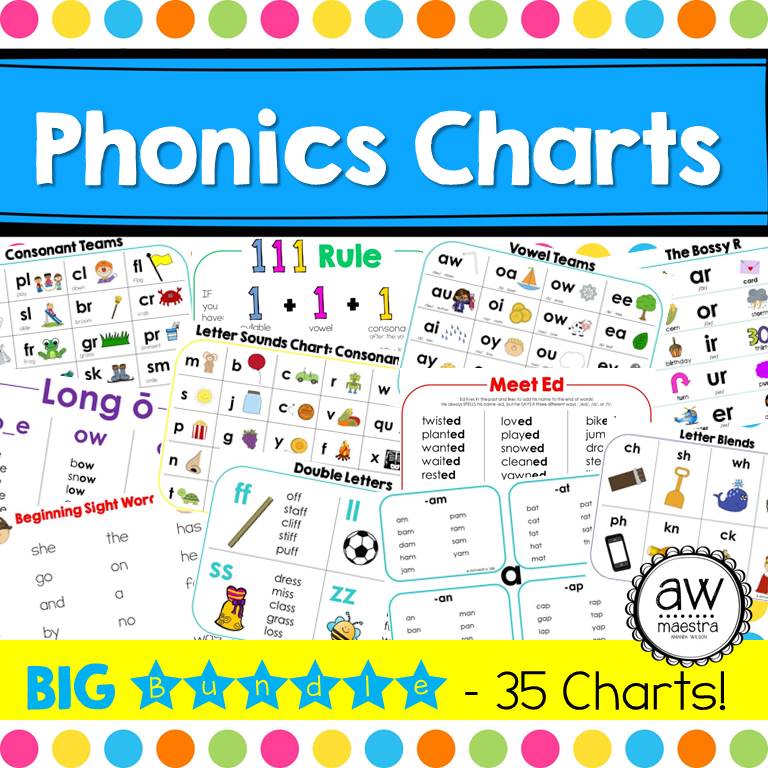
Used these with my 3rd grade phonics intervention group. Really helpful!
Jennifer C.
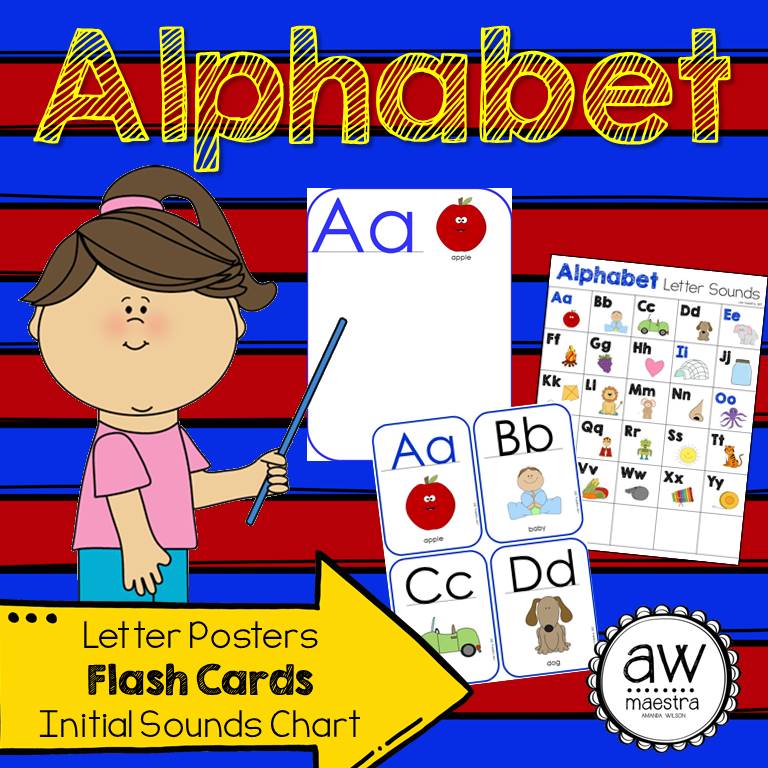

I love your products. Amazing ideas.
Nery P.
I’d love to have you join me on your teaching and mothering journey! Let’s stay connected.
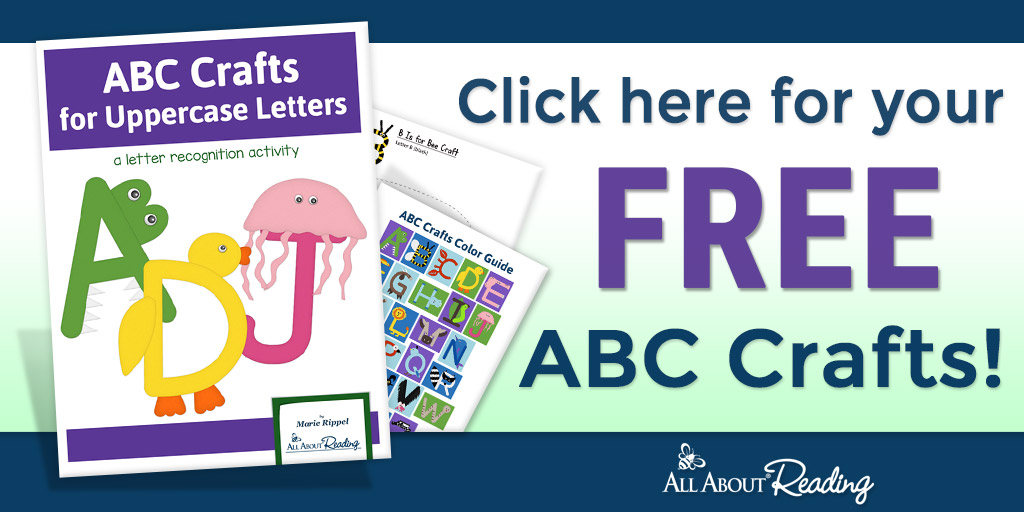


Pingback: ABC Bible Memory Verse Cards - Maestra Mom FREE
Pingback: Kindergarten Readiness Assessment & Checklist - Maestra Mom